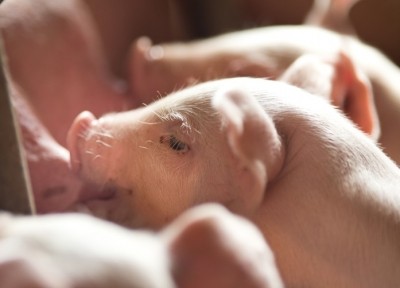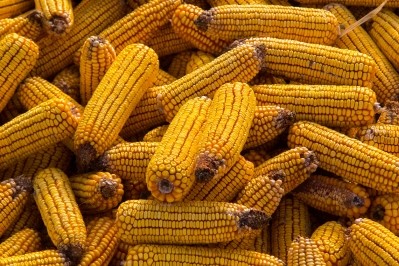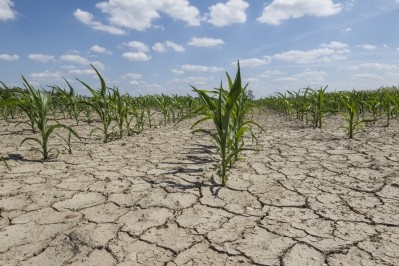Teff offers potential as drought-resistant forage crop

The Ethiopian grain, more often called teff, grows quickly and could offer both a feed and food product, said Vitalis Temu, assistant professor with VSU’s agricultural research station.
He is currently working on a two-year research study examining the feasibility of growing, managing and producing the crop and improving harvest procedures, he said. The first year of the work is being funded by an $18,534 grant from the Virginia Agricultural Council.
There also has been an interest in Virginia about producing the grain for food consumption as it is high in protein, iron and calcium and gluten free, but some challenges remain, he told FeedNavigator.
“We are hoping that we’ll come up with better grain varieties that will not be as frustrating to the producers,” he added.
Why teff
The plant could offer another option to animal producers in the US, said Temu. Early work of his with the plant looked at its use as a forage for ruminants.
“Teff is a grass which is highly drought tolerant and would help bridge the summer forage gap,” he said. “As a forage crop it has gained some popularity and it’s high in crude protein compared to other forage grasses.”
The forage works well for several species including cattle, sheep and goats, he said. “It’s a forage of choice during droughty summers when you can get it,” he added.
Additionally, if used for forage or hay purposes more than one cutting can be harvested in a growing season, he said. “You can have at least two good cuts in a season for forage, and one early harvest for forage and wait to harvest the regrowth for grain or you can wait [until] grain for the first time, but you wouldn’t get the forage,” he added.
If the moisture content of the soil is decent, then the plant sprouts in a few days and can be used as forage after about 30 to 45 days, Temu said. The grain starts to flower in about 50-60 days and the mature grain is ready for harvest in about 120 days.
Research
Teff faces some challenges to production that the researchers are seeking to address, said Temu. These include from weeds and difficulties with mechanizing the planting and harvesting.
The test plots started this summer are examining ways to better address weed control, he said. The plant sees a challenge from plants like crabgrass and barnyard grass.
However, planting later in the season may be one way to mitigate weeds, he said.
“The major weed is crabgrass, and it comes up early in the summer, but in July it’s already flowering and you don’t get as much of a challenge from weeds and morning glories,” he said. “On average you’ll suffer less weed challenge, but it’s a trade off with soil moisture and growing temperature.”
There also have been questions about use of immature grain for poultry production, he said. But, that work has yet to be done.
Additionally, the grain can be harder to work with because the seed size is small, and does not work in some commercial planters, Temu said. However, the group is exploring ways to make the seeds easier to use in those machines.
What’s next?
This summer’s test plots were planted relatively late, going into the ground at different points in July, said Temu, next year he plans to start earlier in the season.
That change in planting dates will give him a better chance to look at the use of herbicides in growing teff, he said. He is looking for a treatment that will kill or control the crabgrass without hurting the teff.
“We tried it, but it was too late for a real meaningful study on the crabgrass,” he said. “Next year hope to have a real weed control study on herbicide.”
The group also has ordered a small thresher to see if there is an easier or less labor-intensive way to produce the grain on a small scale, Temu said.
“The nature of the crop has been too labor demanding if it was grown the way it is in Ethiopia,” he said.
Other future work also will involve looking at the food quality of the teff produced, he said.
Results from the initial test plots have been “very encouraging” he said, especially in terms of getting more than one harvest of the plant during the summer, even with a later planting.











